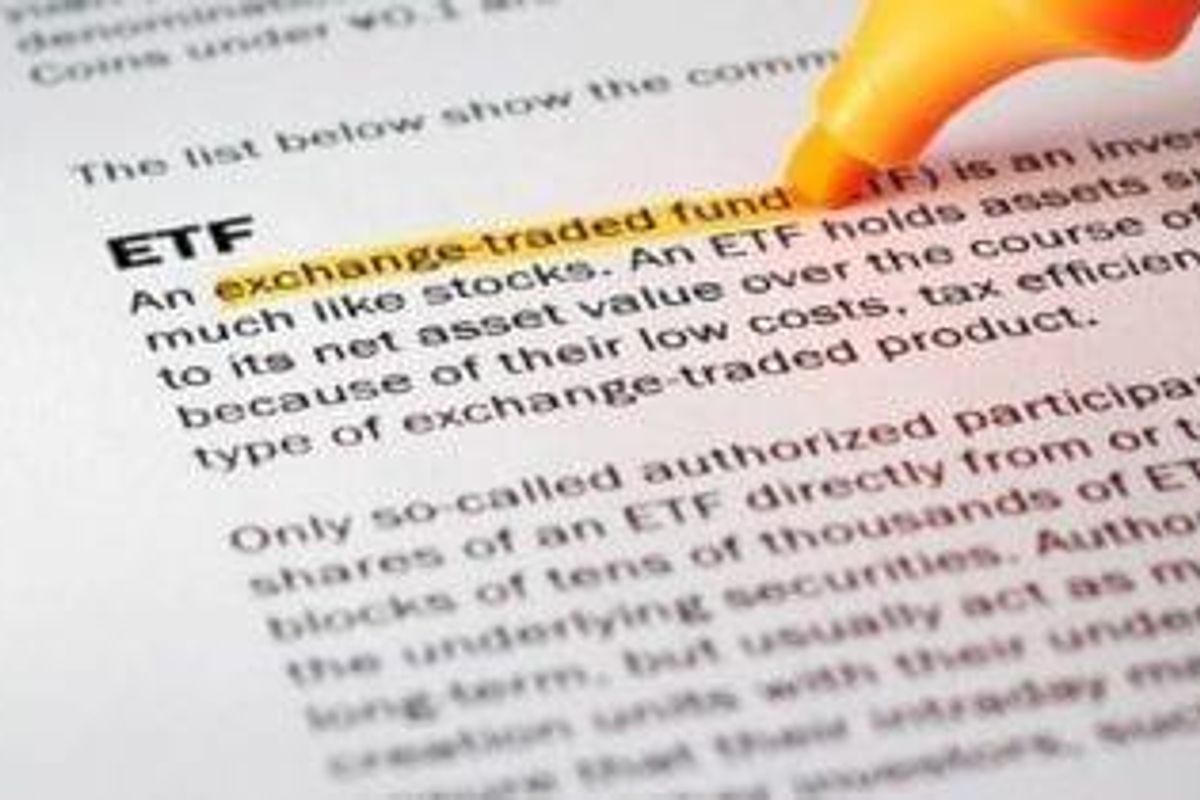
Incepted in July 2016, The 3D Printing ETF is currently the only exchange-traded fund specific to 3D printing. Should you add it to your portfolio?
Often when it comes to choosing stocks for investors to add to one’s portfolio, picking just one company can certainly be intimidating–particularly for first time investors.
For those interested in the 3D printing sector, there’s certainly no shortage of stocks to choose from that span across a variety of stock exchanges. That said, investing in an exchange traded fund (ETF) is often a safe bet because they share similarities to mutual funds, but trade as stocks. In short, rather than investing in one company, ETFs provide investors with a portfolio of companies in a specific industry–such as 3D printing.
On that note, there’s currently only one 3D printing ETF–simply named The 3D Printing ETF (BATS:PRNT)–which makes choosing an ETF to invest in a little easier. With that in mind, here the Investing News Network (INN) breaks down the particulars of this exchange traded fund to better answer the question, “should you invest in the 3D printing ETF?”
The 3D Printing ETF: Overview
As mentioned above, the 3D Printing ETF is currently the only pure play 3D printing ETF. It was incepted on July 18, 2016 by Ark Investment Management, according to ETFdb.com, and tracks companies that match any one of these descriptors: 3D printing hardware; computer aided design (CAD) and 3D printing simulation software; 3D printing centers; scanning and measurement; and 3D printing materials.
The Ark Investment Management states the investment objective of the ETF “seeks to provide investment results that closely correspond, before fees and expenses, to the performance of the Total 3D-Printing Index, which is designed to track the prove movements of stocks of companies involved in the 3D printing industry.”
As such, ETFdb.com states that the 3D printing ETF currently tracks 47 holdings, with 50 percent of the index’s weight accounting for companies in the 3D printing hardware industry. CAD and 3D printing simulation software companies account for 30 percent of the holding; 13 percent are 3D printing centers; 5 percent account for scanning and measurement; and finally, 2 percent of the index’s weight falling under 3D printing materials.
The 3D Printing ETF: Top holdings
While investors don’t place money into any specific company when it comes to the 3D printing ETF, it’s still worthwhile looking at who the top holdings are to get a better picture of what the ETF looks like.
Here’s a look a few of its top holdings, current as of March 29, 2018:
- 3D Systems (NYSE:DDD): 3D Systems is the index’s top holding with a 6.60 percent weighting. The company provides 3D printing solutions ranging from 3D printers, print materials, software, on demand manufacturing services and digital design tools.
- HP (NYSE:HPQ): HP has a 5.72 percent weight on the ETF. HP’s 3D printing products and solutions range from: HP Jet Fusion 3D Printing Solution; HP 3D Materials and Applications; HP 3D Software; HP Multi Jet Fusion Technology; and HP Technical Services and Support.
- Stratasys (NASDAQ:SSYS): Stratasys is weighted at 5.39percent on the ETF. Stratasys has been around since the late 1980’s, and some of its key patents include FDM®, PolyJet™ and WDM™ 3D printing technologies, which create prototypes and manufactured goods directly from 3D CAD files and other 3D content. The company’s subsidiaries include MakerBot and Solidscape.
- SLM Solutions (FRA:AM3D): SLM Solutions has a 4.84 percent of the index’s weight. The company designs, develops, produces and distributes selective laser melting systems (SLM) that create 3D objects from metal powders. Its machine products range from selective melting machine SLM 500, selective laser melting machine SLM 280 2.0, selective laser melting machine SLM 125, and melt pool monitoring (MPM).
- ExOne (NASDAQ:XONE): ExOne provides 3D printing machines together with 3D-printed related products. The company mostly sells 3D printing machines and printing products to specification for its customers. ExOne’s weighting on the index is 4.36 percent.
The remaining 42 companies weighted on the 3D printing ETF can be found here.
The 3D Printing ETF: Market outlook
According to research done by McKinsey, the 3D printing market projected to grow between $180 and $490 billion by 2025. In terms of 3D printer shipments, Gartner Research expects that to double from now until 2019, with that number reaching 5.6 million.
In short, there’s plenty room of room for investment opportunities to grow in the 3D printing industry, and the holdings on the 3D Printing ETF are surely poised to be part of that growth.
This is an updated version of an article originally published by the Investing News Network in 2017.
Don’t forget to follow us @INN_Technology for real-time updates!
Securities Disclosure: I, Jocelyn Aspa, hold no direct investment interest in any company mentioned in this article.